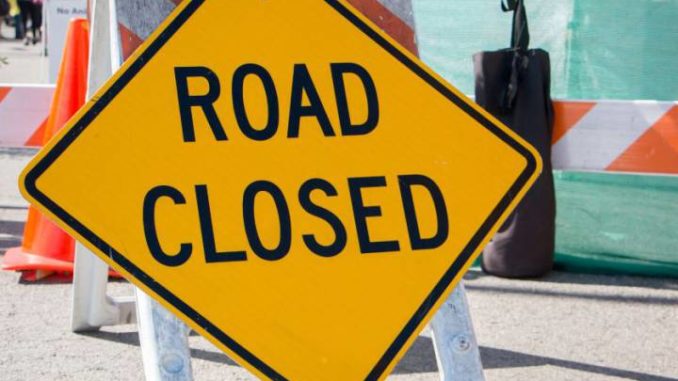
The City of Toronto is working closely with Metrolinx, contractors and the TTC to ensure that traffic congestion and construction impacts are reduced as much as possible during the Queen Street diversion for Metrolinx’s Ontario Line construction coming into effect next week.
Starting Monday, May 1, there will only be pedestrian access to Queen Street, from Bay Street to Yonge Street and Yonge Street to Victoria Street, for an estimated four and half years. This diversion will accelerate Metrolinx’s safe construction of an Ontario Line connection to TTC Queen Station and provide consistency for all road users instead of varying partial closures. Access to all businesses will be maintained during construction and signage will be posted throughout the area to connect people to key destinations.
During this important construction, the City is encouraging anyone who is traveling downtown or to a destination near Queen Station to plan their travel in advance, allow for extra time, consider taking public transit or other travel methods such as walking or cycling and be sure to follow signage around the work zone to keep everyone safe. The TTC will divert the 501 Queen streetcar service and add additional bus service through the area. Information about the TTC service change is available on the TTC’s website: https://www.ttc.ca/service-adv
The City is working to balance critical transit construction with the needs of people and businesses using Toronto’s roads. Staff are actively assessing all construction permit applications and related Traffic Management Plans to minimize the overall disruption caused by construction. Staff will work to ensure plans promote the safety of people travelling in the area; reduce noise and parking impacts as much as possible; modify traffic signals to allow for the efficient flow of traffic; deploy paid duty Police officers and Traffic Agents to regulate and direct traffic; maintain access to properties; and identify key site access points and haul routes for construction vehicles.
City Traffic Agents will be deployed to key intersections during the morning and afternoon peak traffic periods to actively manage the movement of all road users, reduce delays and improve safety. Traffic Agents will be placed where they are needed most based on evolving traffic demands.
Priority Travel Routes will be established and kept clear of as many road restrictions as possible – including non-emergency utility work – to ensure that there are alternative and parallel routes for people to get around. The first Priority Travel Route is Dundas Street, from Jarvis Street to Bathurst Street, which will provide an unobstructed parallel route for vehicles travelling east/west and diverted from Queen Street. Additional Priority Travel Routes will be identified as Ontario Line construction progresses and will feature reduced on-street parking, no planned utility work, and limited lane restrictions for permitted installations and events.
Construction Hubs also continue to play an important role in logistical planning of the right-of-way: www.toronto.ca/services-paymen
The City is also taking several measures to improve traffic flow around major venues in Toronto as events resume with increased frequency in the coming months. City staff are working closely with Maple Leafs Sports & Entertainment (MLSE), Rogers and other partners on the establishment of Event Traffic Management Zones that comprise major venue blocks such as the Rogers Centre, Scotiabank Arena, the CN Tower and Exhibition Place grounds. These zones will feature increased traffic management support from Traffic agents, traffic control personnel, temporary traffic signal timing changes and portable variable message signs to better manage the flow of event attendees.
All of these traffic management strategies are supported by the City’s MoveTO Congestion Management Action Plan, which is managing congestion and building a more resilient, modern and safe transportation system.
About the Ontario Line
Once completed by Metrolinx, the Ontario Line will make travel within Toronto faster and easier by providing a 15-station subway line running from Exhibition Place, through downtown, to Don Mills Road and Eglinton Avenue East. The new subway line will also offer significant crowding relief within Toronto’s existing transit network.
SOURCE City of Toronto

Leave a Reply